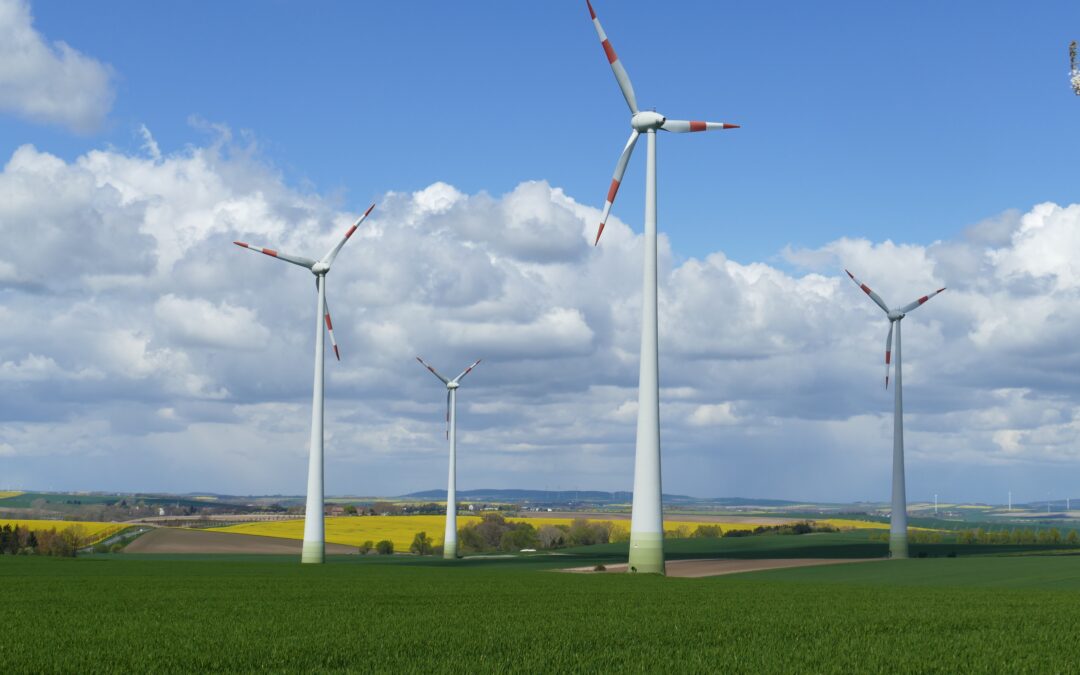Poland produced a record amount of power from wind over Christmas – so much so that the national grid operator, PSE, had to order operators to turn off some wind turbines and had to transfer electricity to neighbouring countries under an emergency procedure.
On Christmas Day, 25 December, onshore wind produced 184.4 GWh of power, the highest ever daily figure, notes the Rzeczpospolita daily, citing figures from PSE.
Over the whole day, wind covered 44% of energy demand (which during the holiday period is much lower than usual), and at one stage it was meeting 51% of demand. Also taking account of solar power, renewables were covering 61% of demand around the middle of the day.
Wieje na potęgę. Polska wstrzymuje wiatraki i wypycha prąd do Niemiec https://t.co/hXTj9p0Ugn
— Business Insider Polska 🇵🇱 (@BIPolska) December 28, 2023
As a result of high production and low demand, around 60 GWh of power had to be transferred to Germany and a further 5 GWh to Slovakia and Ukraine on 25 December, reports Rzeczpospolita. A further 17.4 GWh was transferred the following day, again mainly to Germany.
This was not done through normal energy trade but under an emergency system that can involve the Polish grid having to pay neighbouring countries to take excess power, notes Business Insider Polska. PSE, however, does not disclose the costs involved.
Despite those transfers, the oversupply of power to Poland’s grid also meant that PSE ordered some wind farms to be temporarily shut down, for which their operators receive compensation. Because energy prices fell so low, some wind operators themselves also decided to reduce production.
Business Insider Polska notes that situations in which production from renewables is too high for national needs should now be seen as “the new normal”. Similar problems may arise on New Year’s Eve, as they did last year.
Poland generated 40% of its electricity from wind on 31 December, a new record.
The figure would have been higher had the grid operator not ordered wind farms to reduce output as the system was unable to use or store surplus energy being produced https://t.co/BJi5T2CuGs
— Notes from Poland 🇵🇱 (@notesfrompoland) January 6, 2023
The main issue is that Poland still generates most of its power – around 70% – from coal, which is a fairly inflexible source. Coal-fired power plants cannot be turned on and off on demand.
Renewables, especially wind and solar, have expanded rapidly in recent years and both the former Law and Justice (PiS) government that left office this month and the new ruling coalition have set out plans for that to continue as coal is fazed out.
But output from renewables, which is dependent upon weather conditions, is variable and not always predictable.
Industry news and analysis service Energetyka24 notes that there are plans in the coming years to expand energy storage facilities to help balance out the system. But it says that this on its own will not be enough and that Poland needs to think about how to use its surpluses more effectively.
Poland declared an official threat to the security of electricity supplies for only the second time in history yesterday.
The reason was an oversupply of renewable energy, with the grid operator ordering solar and wind to be disconnected temporarily https://t.co/XzdR1qcnpT
— Notes from Poland 🇵🇱 (@notesfrompoland) April 24, 2023

Notes from Poland is run by a small editorial team and published by an independent, non-profit foundation that is funded through donations from our readers. We cannot do what we do without your support.
.

Daniel Tilles is editor-in-chief of Notes from Poland. He has written on Polish affairs for a wide range of publications, including Foreign Policy, POLITICO Europe, EUobserver and Dziennik Gazeta Prawna.



















